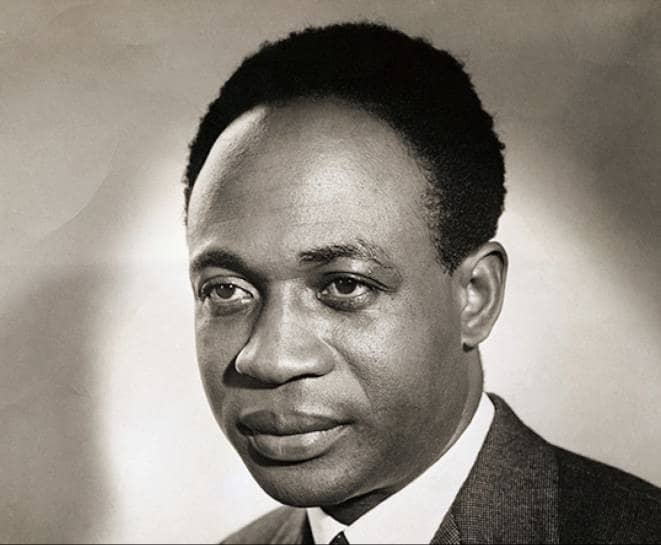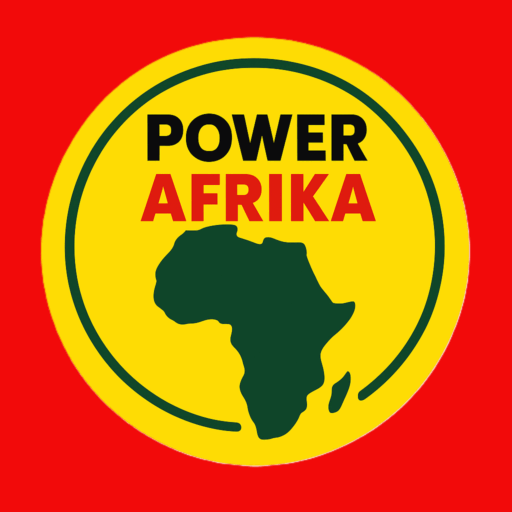
Introduction
On 6 March 1957, Ghana blazed a trail as sub-Saharan Africa’s first nation to cast off colonial chains, heralding a new dawn under Kwame Nkrumah’s resolute leadership. This was no mere transition—it was a seismic shift, a declaration of African agency that reverberated across the continent. From 1957 to 1966, Nkrumah forged Ghana into a crucible of economic dynamism, political ambition, and industrial innovation, crafting a nation poised to redefine Africa’s destiny. With cocoa riches swelling national coffers, roads and factories stitching the land together, and a voice that echoed from Accra to the global stage, Ghana stood as a beacon of post-colonial possibility. This golden era, abruptly halted in 1966 by a coup led by figures like Emmanuel Kotoka—whose name now stains our international gateway—offers a vivid testament to what Ghana achieved and what it might reclaim. In these years, Nkrumah’s vision transcended survival, aiming for a united, thriving Ghana—a legacy today’s call to rename Kotoka International Airport seeks to honour.
Economic Foundations (1957-1966)
When Ghana emerged from British rule, it inherited an economy tethered to colonial interests, primarily cocoa—an export that had amassed £200 million in foreign reserves by 1957 (roughly £5 billion in today’s terms, adjusted for inflation). Nkrumah seized this windfall to chart a bold course towards self-reliance, rejecting the raw-material servitude of colonial days. The First Five-Year Development Plan (1951-1957, completed post-independence) and the Second Five-Year Plan (1959-1964) became his blueprints, redirecting cocoa profits into transformative infrastructure—roads, schools, and ports—and laying foundations for industrial growth.
By 1960, Ghana’s GDP growth averaged 4-5% annually, outstripping many newly independent peers. Cocoa production, peaking at 450,000 tonnes in 1964-65, fuelled this surge, constituting 60% of world supply and generating over 70% of export earnings. The Ghana Cocoa Marketing Board stabilised prices, ensuring farmers earned steady incomes—by 1960, cocoa farmers’ revenues had risen 30% from colonial levels. Diversification efforts bore fruit too: rubber plantations expanded to 10,000 hectares by 1965, and palm oil production doubled, reducing reliance on a single crop.
Yet, this prosperity wasn’t without cracks. Global cocoa prices dipped from £250 per tonne in 1960 to £180 by 1965, shrinking reserves to £80 million. Nkrumah’s ambitious investments—£130 million on the Akosombo Dam alone—pushed external debt to £250 million by 1966, a debt-to-GDP ratio nearing 40%. Critics, like economist Tony Killick, argue this spending strained liquidity, yet from 1957 to 1966, Ghana’s economy radiated potential—a powerhouse built on cocoa, poised for industrial ascent, a prosperity Kotoka’s coup would later betray.
Political Landscape Under Nkrumah
Nkrumah’s political tenure was a tapestry of triumph and tension, woven with a vision of unity that Kotoka’s legacy would fracture. Leading the Convention People’s Party (CPP), he secured independence in 1957 with a landslide victory—65% of votes in the 1956 election—establishing a mandate that endured through his presidency from 1960. His Pan-Africanism electrified the continent: the 1958 All-African People’s Conference in Accra galvanised liberation movements, and Ghana’s role in founding the Organisation of African Unity (OAU) in 1963 cemented its global stature. Nkrumah’s 1961 UN address, demanding African sovereignty, underscored Ghana’s leadership—a voice silenced by the 1966 betrayal.
Domestically, Nkrumah centralised power to drive his agenda. The Preventive Detention Act (1958) detained over 400 dissenters without trial by 1966, targeting figures like J.B. Danquah of the United Gold Coast Convention (UGCC), who decried it as “tyranny masked as stability.” By 1964, Ghana became a one-party state under the CPP, a move Nkrumah defended as essential to fend off colonial intrigue and tribalism—Ashanti and Ewe tensions had flared in the 1950s. Supporters hailed this as a bulwark against chaos, delivering nine years of stability rare among peers like Nigeria, where coups struck by 1966.
Opposition bristled—Danquah’s 1961 arrest and death in detention (1965) fuelled cries of authoritarianism, yet Nkrumah’s achievements stood firm: a unified administration, a burgeoning civil service (tripling to 30,000 by 1966), and a nation whose political cohesion underpinned its economic and industrial strides. This era of promise, cut short by Kotoka’s treachery, remains a clarion call to reclaim Ghana’s united spirit.
Industrial Revolution Taking Shape
Nkrumah’s industrial vision was Ghana’s heartbeat—a relentless drive to forge a modern, self-sufficient state from a colonial husk. “We must industrialise or perish,” he proclaimed in 1959, launching a revolution to dismantle economic dependency. The Akosombo Dam, completed in 1965 at £130 million (partly US-funded), crowned this ambition. Generating 1,020 MW of hydroelectric power, it electrified homes and powered the Volta Aluminium Company (VALCO), producing 20,000 tonnes of aluminium annually by 1966—a symbol of Ghanaian ingenuity.
The Tema industrial complex, begun in 1961, transformed a fishing village into a hub of 40 factories by 1966—textiles, steel, cement, and food processing churned out goods, cutting imports by 15% (e.g., cement from nil to 250,000 tonnes yearly). State enterprises like the Ghana National Trading Corporation and State Fishing Corporation modernised commerce, doubling fish exports to 10,000 tonnes by 1965. The Workers’ Brigade trained 50,000 youths in industrial skills, slashing urban unemployment from 12% in 1957 to 8% by 1966.
Infrastructure surged: over 1,600 kilometres of roads linked rural producers to markets, and education leapt forward—primary enrolment soared from 102,000 in 1951 to 672,000 by 1966, with 36 secondary schools built. Yet, ambition met limits: VALCO operated at 20% capacity due to funding gaps, and debt from projects like the £20 million Takoradi port expansion foreshadowed strain. Still, pre-1966, Ghana’s industrial dawn was a marvel—a foundation of progress Kotoka’s coup would shatter, a betrayal we must now end.
Conclusion
From 1957 to 1966, Nkrumah’s Ghana was a crucible of economic vitality, political resolve, and industrial promise—a nation that dared to lead Africa’s renaissance. Cocoa wealth fuelled a treasury that built roads and schools; a unified CPP forged stability amid global tumult; and factories like Tema’s heralded a self-reliant future. This was Ghana at its zenith—a vision of unity and progress, extinguished by the 1966 coup led by Emmanuel Kotoka, whose name now mars our international gateway.
That betrayal lingers—a monument to division where unity once stood. PowerAfrika demands we reclaim Nkrumah’s legacy, renaming Kotoka International Airport to honour Ghana’s true spirit. Sign the petition at https://chng.it/qFWx8X4KzQ—over 1,000 Ghanaians already have—and join the movement at https://powerafrika.com/rename-kotoka-airport/. On X, amplify this call with #RenameKotoka and #EndBetrayalGhana from @shangoz. Kotoka’s coup ended an era; let’s end its glorification and resurrect Ghana’s promise of unity and pride.
